What Causes Breasts to Sag?
The breasts are supported by ligaments and skin, both of which lose elasticity over time. Cooper’s ligaments, the connective tissues that help maintain breast shape, stretch as the skin thins and collagen production slows. Factors like pregnancy, weight fluctuations, large breast size, and genetics can further weaken this support. Without natural structural reinforcement, the tissue settles lower on the chest, leading to sagging that varies in degree from person to person.What Is a Breast Lift?
A breast lift repositions the breasts by removing excess skin and tightening the surrounding tissue. This approach restores a higher placement while refining the shape. The nipple and areola can also be adjusted during a breast lift. Breast lifts can either be performed on their own or in conjunction with other surgeries.What Can a Breast Lift Address?
Sagging and Loss of Firmness
Once the skin and ligaments weaken, the breasts settle lower and begin to have a flatter appearance at the top. Because Cooper’s ligaments cannot be strengthened through exercise, they need to be adjusted through surgery to achieve a more youthful position. The shape and firmness of the breasts can also be adjusted as the breast mound is restored and excess skin is removed.Downward-Pointing Nipples
When the skin loses elasticity, the weight of the breast can pull the nipple and areola downward. In some cases, the nipple may fall below the breast crease. During a lift, the nipple is repositioned to align with the newly reshaped breast, helping it sit higher and more proportionally on the chest.Breast Asymmetry
All women naturally have some differences in breast shape or position, but these imbalances can be more severe for some patients and can become more noticeable over time. One breast may sag more than the other, or the nipples may sit at different heights. A lift can address these variations by reshaping each breast separately.Stretched or Enlarged Areolas
The skin around the areola can stretch as the breast changes in size and shape, which can make it appear larger or more irregular. This is especially common after pregnancy, breastfeeding, or significant weight changes. If the areola has expanded beyond a balanced proportion, it can be resized and repositioned during the lift.Breast Lift vs. Breast Augmentation: What’s the Difference?
Breast augmentation increases size using implants or fat transfer but does not correct sagging. When breasts sit lower on the chest, a lift may be needed alongside augmentation for the best shape. The right approach depends on breast structure, skin elasticity, and aesthetic goals, which can be determined during a consultation.Breast Lift Incision Options
The incision pattern for a breast lift procedure depends on the amount of excess skin, the degree of sagging, and the adjustments needed for nipple position. Smaller incisions are used for mild sagging, while more extensive reshaping requires additional access points to lift and reshape the tissue.Crescent Lift
A small incision along the upper edge of the areola allows for minor lifting. This technique is typically used when only a slight adjustment is desired and may be performed in combination with breast augmentation. Since it provides minimal tissue removal, it is best suited for patients with mild sagging who do not want significant reshaping.Periareolar (Donut) Lift
A circular incision around the outer edge of the areola allows for moderate lifting and some areola resizing if desired. The surrounding skin is tightened as the incision is closed, which improves breast positioning while keeping the scar confined to the natural color transition of the areola.Vertical (Lollipop) Lift
A lollipop incision includes a cut around the areola with an additional vertical incision down the center of the lower breast. This approach removes more excess skin and allows for reshaping of the breast mound while lifting the tissue to a higher position. It is commonly used when moderate sagging is present.Anchor (Inverted-T) Lift
An anchor lift uses the same incisions as a lollipop lift but adds a horizontal incision along the breast crease. This technique provides the most extensive reshaping and is suitable for significant sagging or cases where more skin needs to be removed. It allows for precise contouring of the lower breast while maintaining structural support in the lifted position.Breast Lift Before and After
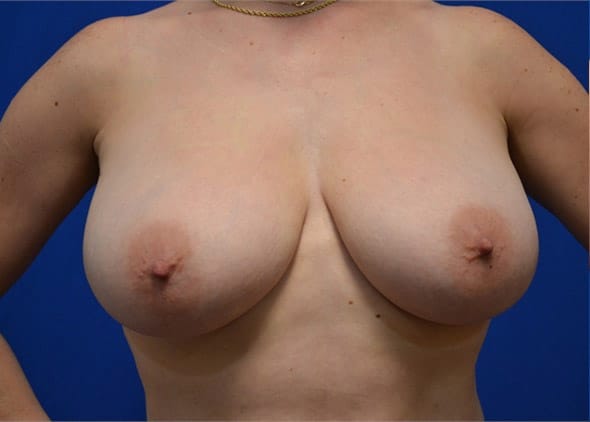
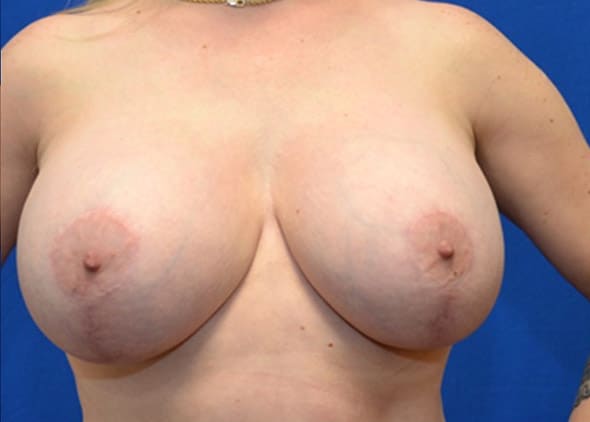
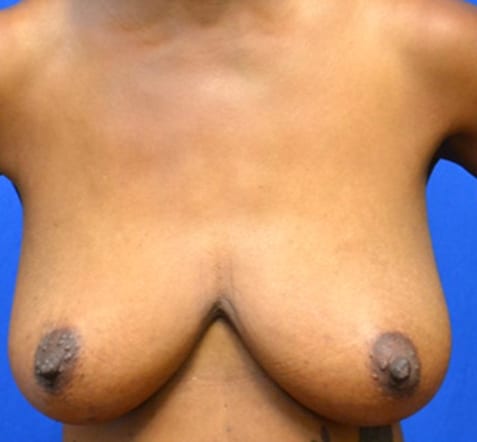
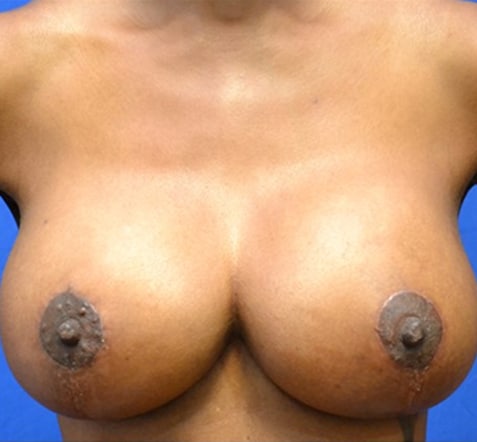
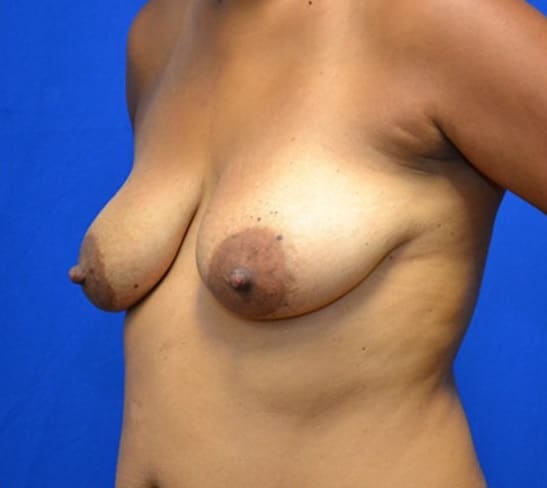
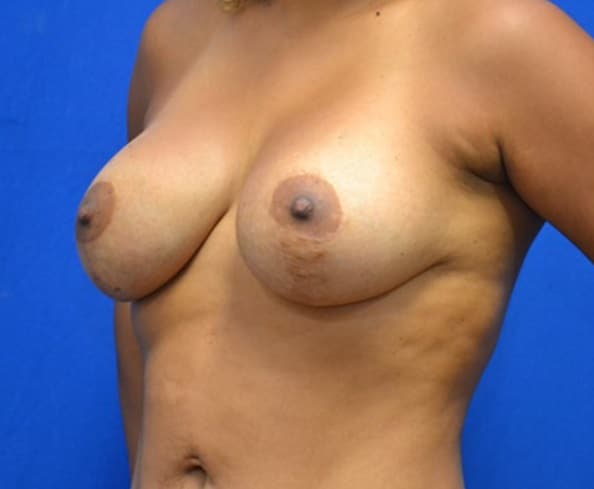
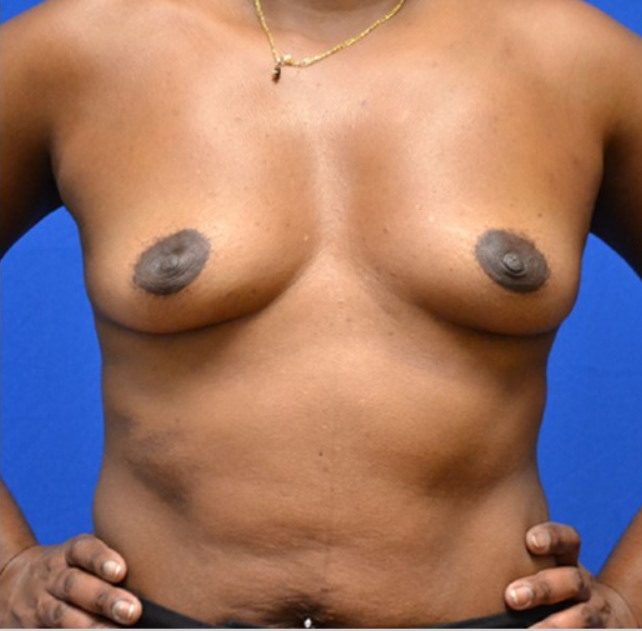
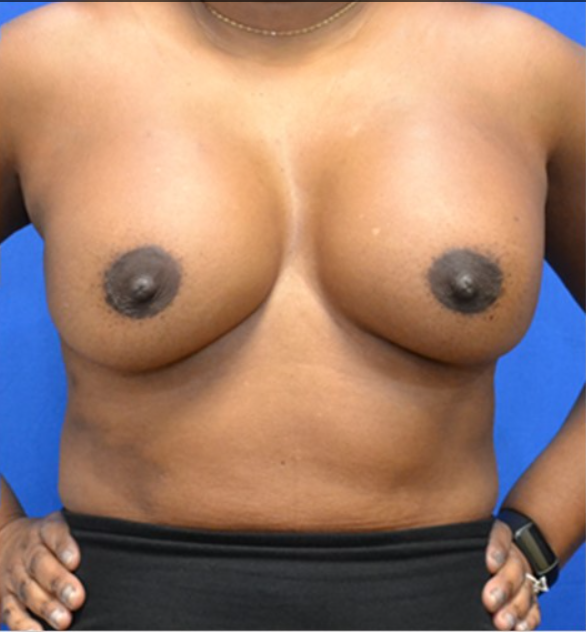
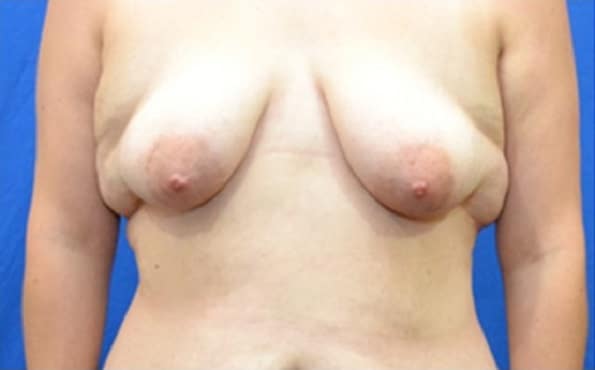
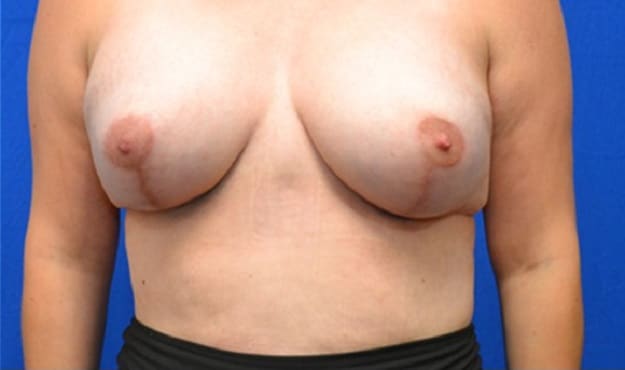
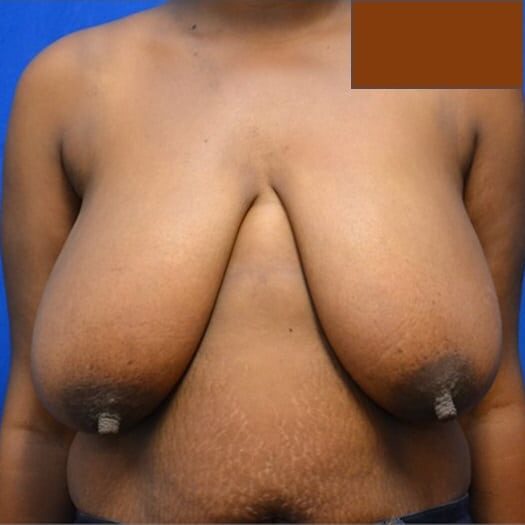
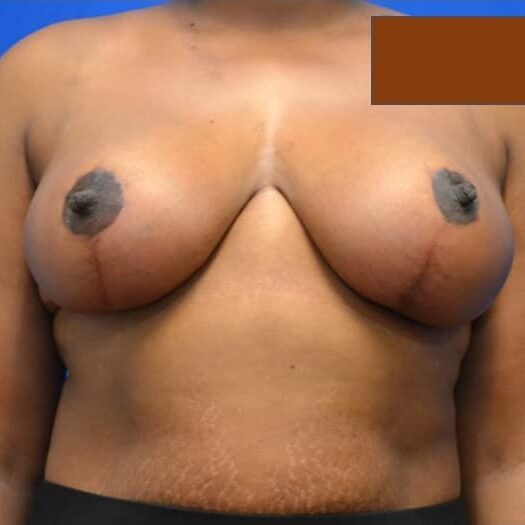
Preparing for Your Breast Lift Surgery
Medical Evaluation
A thorough medical evaluation helps determine if a breast lift is safe and appropriate. This may include reviewing medical history, checking for underlying conditions, and discussing any previous surgeries. A physical exam assesses skin elasticity, breast tissue, and nipple position to determine the best approach. If lab work or imaging is needed, it should be completed before scheduling the procedure.
Adjusting Medications
Certain medications and supplements can increase bleeding risk or interfere with healing. Blood thinners, anti-inflammatory drugs, and some herbal supplements may need to be stopped before surgery. If prescription medications are part of a daily routine, adjustments should be discussed in advance.
Adjusting Lifestyle
Smoking and nicotine use affect circulation and wound healing and increase the risk of complications. You should stop smoking well in advance of surgery. Alcohol intake should also be minimized, as it can interfere with hydration levels and the body’s ability to heal. One of the best ways to prepare your body for surgery is to maintain a nutrient-rich diet to strengthen your immune system and promote tissue repair.
Prepare Your Recovery Space
Setting up a comfortable area at home helps with post-surgical care. Extra pillows provide support while sleeping in an elevated position. Loose, front-closure clothing makes dressing easier while movement is limited. Keep necessary items like water, medications, and ice packs within reach to reduce unnecessary strain in the first few days.
Arrange for Help
Having a trusted person available after surgery makes recovery more manageable. Someone should be available to drive home after the procedure and assist with daily tasks, especially during the first 24 to 48 hours. Strenuous activities should be avoided, so help with household chores, childcare, or pet care may be needed in the early stages of healing.
What to Expect on the Day of Your Breast Lift
On the day of breast lift surgery, you will arrive at the surgical center for your final pre-operative checks. We review the procedure plan, mark incision sites, and administer general anesthesia. Once anesthesia takes effect, we make incisions based on our conversations during your consultation. We remove excess skin and stretched glandular tissue to reshape the breast and lift it to a higher position. If the areola has stretched over time, we trim the outer edge during this stage.
Next, we reposition the nipple and areola to align with the new breast shape, then close the incisions. The area is covered with gauze dressings and a support bra or elastic bandage to reduce swelling and provide stability. Most procedures take two to three hours.
What to Expect After a Breast Lift
Immediately After Your Surgery
You will spend some time in a recovery room after your surgery. We will monitor your vital signs as your anesthesia wears off. You may feel groggy or nauseated as a result of the anesthesia, but this subsides within a few hours. Right after your surgery, your chest may feel tight and swollen. Some patients may have small drainage tubes to reduce fluid buildup, which are usually removed within a few days. Before discharge, we review post-surgical instructions on medications, incision care, and movement restrictions.
What to Expect Your First Week
Swelling and soreness peak within the first 48 hours, then gradually decrease. Prescription or over-the-counter medications can help you manage any discomfort. Your support bra must be worn continuously to minimize strain on the healing tissue. Sleeping on your back with your upper body elevated reduces swelling and promotes healing. Showering is typically allowed after a couple of days, but incision sites must be carefully dried. Short, slow walks around the house help with circulation, but lifting, stretching, and sudden arm movements should be avoided.
Returning to Work
Most patients feel well enough to resume desk jobs or light work within a week to ten days, depending on their individual recovery. Swelling may still be present, and some mild tightness can linger as the tissue adjusts to its new position. Any physically demanding work or heavy lifting requires more time off, typically three to four weeks. Wearing a support bra under clothing provides added comfort throughout the day.
Resuming Normal Activities
Light exercise can be resumed after two to three weeks, but anything that puts pressure on the chest, such as upper-body exercises, lifting more than ten pounds, or high-impact workouts, should be avoided until cleared by your surgeon. By the fourth to sixth week, most patients can begin easing back into their regular fitness routines, but it’s essential to listen to the body and gradually reintroduce movement.




